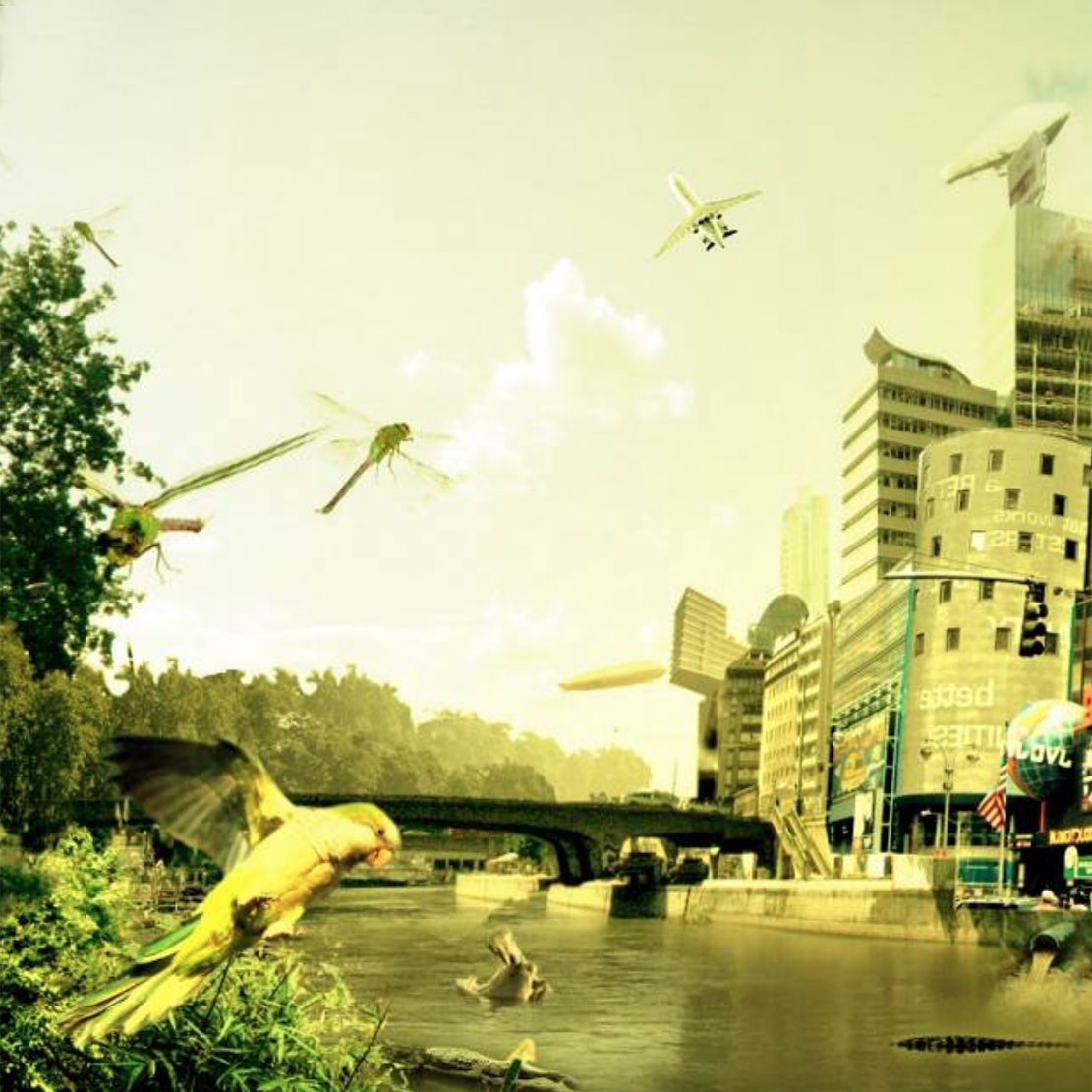COLridor
Co-design and co-living urban adaptation
DOI:
https://doi.org/10.7577/formakademisk.2647Abstract
The mission of the present trans-disciplinary community environmental project COLridor (Davidová, 2017b) is to generate a situation of eco-systemic co-living across local species’ and abiotic agency in an urban environment through their co-design. Located in the city centre of Prague, the case study bio-tope is a part of larger bio-corridor that has evolved namely thanks to the adjacent railway and water stream. Though the prevailing opinion of European urbanists stays that cities should remain dense and separate from the rest of nature, landscape ecologists and biologists tend to disagree. There is no nature on Earth without human beings and these together evolved reflecting each other’s impact and interaction. A great variety of species have adapted and evolved for the urban environment that, at the moment for many, offers safer and more habitable living environment than agricultural land full of herbicides, pests, antibiotics and antibiotics resistant bacteria. Through systematically co-designed and co-created so called eco-systemic ‘prototypical urban interventions’ (Doherty, 2005), the project aims to motivate generation of edible landscape, social, cultural and habitable urban environment across the species. We claim that designers should be no longer designing for- but designing with- the overall eco-system. This case study helps to justify first author’s ratified design field Systemic Approach to Architectural Performance, covering fusion of variety of co-design across eco-system in process based fields.
This is an extended, edited and updated article based on a working paper ‘COLridor: Co-Design and Co-Living for Sustainable Futures’ (Davidová & Zímová, 2017) for Relating Systems Thinking and Design 6 conference within the theme ‘Environment, Economy, Democracy: Flourishing Together’ (Sevaldson, 2017).

Downloads
Published
How to Cite
Issue
Section
License
Authors who publish with this journal agree to the following terms:
- Authors retain copyright and grant the journal right of first publication with the work simultaneously licensed under a Creative Commons Attribution 4.0 License that allows others to share the work with an acknowledgement of the work's authorship and initial publication in this journal.
- Authors are able to enter into separate, additional contractual arrangements for the non-exclusive distribution of the journal's published version of the work (e.g., post it to an institutional repository or publish it in a book), with an acknowledgement of its initial publication in this journal.
- Authors are permitted and encouraged to post their work online (e.g., in institutional repositories or on their website) prior to and during the submission process, as it can lead to productive exchanges, as well as earlier and greater citation of published work (See The Effect of Open Access).
- The author(s) must manage their economic reproduction rights to any third party.
- The journal makes no financial or other compensation for submissions, unless a separate agreement regarding this matter has been made with the author(s).
- The journal is obliged to archive the manuscript (including metadata) in its originally published digital form for at least a suitable amount of time in which the manuscript can be accessed via a long-term archive for digital material, such as in the Norwegian universities’ institutional archives within the framework of the NORA partnership.
The material will be published OpenAccess with a Creative Commons 4.0 License which allows anyone to read, share and adapt the content, even commercially under the licence terms:
This work needs to be appropriately attributed/credited, a link must be provided to the CC-BY 4.0 licence, and changes made need to be indicated in a reasonable manner, but not in any way that suggests that the licensor endorses you or your use.



